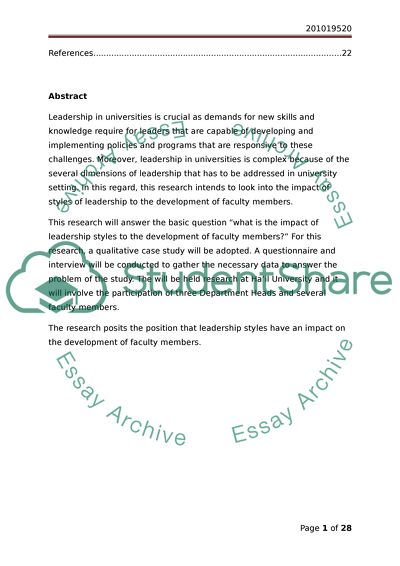Cite this document
(“Faculty Members' Styles Of Leadership Essay Example | Topics and Well Written Essays - 5000 words”, n.d.)
Faculty Members' Styles Of Leadership Essay Example | Topics and Well Written Essays - 5000 words. Retrieved from https://studentshare.org/education/1401286-methodology-of-my-research
Faculty Members' Styles Of Leadership Essay Example | Topics and Well Written Essays - 5000 words. Retrieved from https://studentshare.org/education/1401286-methodology-of-my-research
(Faculty Members' Styles Of Leadership Essay Example | Topics and Well Written Essays - 5000 Words)
Faculty Members' Styles Of Leadership Essay Example | Topics and Well Written Essays - 5000 Words. https://studentshare.org/education/1401286-methodology-of-my-research.
Faculty Members' Styles Of Leadership Essay Example | Topics and Well Written Essays - 5000 Words. https://studentshare.org/education/1401286-methodology-of-my-research.
“Faculty Members' Styles Of Leadership Essay Example | Topics and Well Written Essays - 5000 Words”, n.d. https://studentshare.org/education/1401286-methodology-of-my-research.


